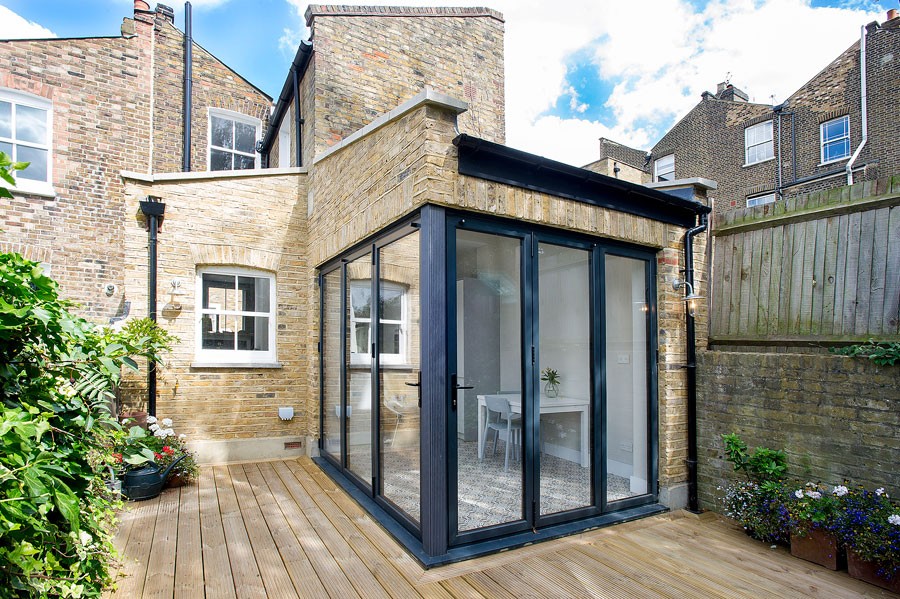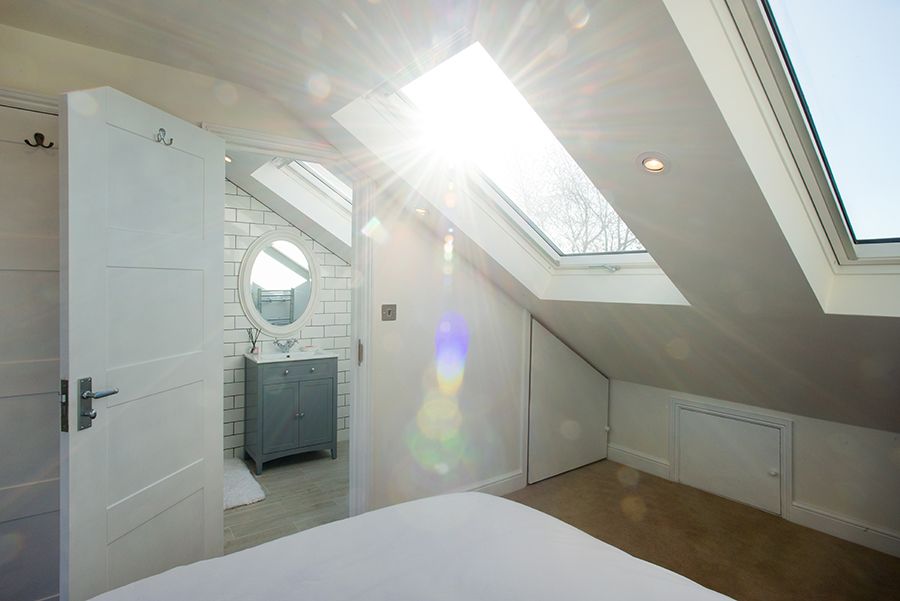As winter knocks at our doors, it’s time to take precaution and transform our homes to withstand the chill and offer a haven of warmth. From sealing those subtle drafts to ensuring your heating system operates at its peak, we’ll guide you through a comprehensive winter care routine that not only fortifies your home against the cold but also adds a touch of cosiness to the season.
Picture this: a home where every nook and cranny is shielded from the wintry breeze, where the fireplace crackles safely, and where your heating system operates without issues. We’ll explore how to protect your home against the elements, covering everything from insulation to plumbing precautions. So, it’s time to make your home the warm and comforting sanctuary you deserve during the winter months.

Check and Insulate
The first step in preparing your home for the winter months, involves identifying and addressing potential vulnerabilities. Begin indoors by scrutinising windows and doors for drafts or gaps. These small openings may seem inconspicuous, but they can be significant sources of heat loss. Cold air seeping in and warm air escaping not only makes your home less comfortable but will also contribute to higher energy bills.
Once identified, these leaks can be easily addressed by sealing them with weather stripping or caulking. Weather stripping is particularly effective for sealing gaps around windows and doors, providing a barrier against the chill. Caulking, on the other hand, can be applied to seal cracks in walls or gaps in joints, creating a more airtight seal. By eliminating these leaks, you create a more thermally efficient environment, ensuring the warmth generated by your heating system is retained within your home.
Moving beyond doors and windows, consider the insulation in your attic and walls. Adequate insulation plays a crucial role in maintaining a comfortable indoor temperature during winter. It acts as a thermal barrier, preventing heat from escaping through the roof and walls. Beyond immediate comfort, proper insulation has long-term benefits, most notably in reducing heating costs. As your home retains heat more effectively, your heating system works more efficiently, leading to lower energy consumption and decreased utility bills.

Heating System Maintenance
When it comes to winter home care, prioritising your heating system is paramount. Scheduling a professional inspection and maintenance session ensures your heating system is in optimal condition to tackle the colder months ahead.
Regular boiler maintenance is crucial for optimal performance during winter. Before the cold sets in, have your boiler professionally inspected and serviced. Check for any signs of wear, ensure proper insulation, and bleed radiators to eliminate air pockets, maximising the efficiency of your heating system.
Keep an eye on your radiators for any cold spots, which may indicate trapped air or a build up of sludge. Bleeding the radiators releases trapped air, ensuring they heat up uniformly. Additionally, consider using radiator reflector panels to direct heat back into the room, improving overall efficiency.
Inspect the underfloor heating system for any leaks or irregularities. If you have a water-based underfloor heating system, ensure the pressure is at the recommended level. Keep furniture and rugs away from vents to allow for unrestricted heat circulation.

Prepare Your Plumbing
As winter tightens its grip, safeguarding your plumbing becomes a critical aspect of home care. The threat of frozen pipes looms large during the colder months, and taking preventive measures can save you from potential headaches and costly repairs.
Begin by identifying pipes in unheated areas of your home, such as the attic, crawl spaces, or even exterior walls. These are the vulnerable areas where cold temperatures can cause water inside the pipes to freeze, leading to pipe bursts and subsequent water damage. To counteract this, insulate the pipes in these exposed areas using pipe insulation or heating tape. This extra layer helps retain heat and prevents the pipes from reaching freezing temperatures.
In addition to insulation, a simple yet effective practice is to allow taps to drip slightly during extremely cold nights. The movement of water, even at a slow drip, can prevent stagnation and reduce the likelihood of freezing. This is particularly important for taps connected to exterior walls or located in areas with poor insulation.
For those planning to be away during the winter months, taking additional precautions is advisable. Consider shutting off the water supply to your home and draining the pipes. This reduces the amount of water in the system, minimising the risk of frozen pipes. It’s a proactive measure that provides peace of mind, especially if you’ll be away for an extended period.

Chimney and Fireplace Safety
As winter’s chill settles in, there’s nothing quite like the warmth and ambience of a crackling fireplace. However, ensuring the safety of your fireplace and chimney is paramount to fully enjoy this winter pleasure.
Begin by confirming your fireplace is clean and in proper working condition. This involves a comprehensive inspection and cleaning of the chimney. Over time, soot can accumulate within the chimney. A professional chimney sweep can remove this, reducing the risk of chimney fires and ensuring optimal ventilation. This step not only enhances safety but also improves the efficiency of your fireplace.
A clean and well-maintained fireplace operates more efficiently, providing better heat output and reducing the environmental impact. Moreover, by creating a safe environment, you can relish the comfort and charm of your fireplace throughout the winter season without worry.

Winterise Outdoor Spaces
As winter descends, it’s essential to turn your attention to the outdoor spaces surrounding your home. Winterising these areas is not only about aesthetics but also about safeguarding your property from potential hazards that the cold season can bring.
Start by assessing the trees around your property. Trim branches that could potentially break under the weight of snow or ice. This proactive measure not only enhances the overall safety of your outdoor space but also mitigates the risk of branches falling onto your home. The weight of snow and ice can make branches brittle and prone to snapping, especially during storms. By trimming back branches that pose a threat, you reduce the likelihood of winter-related damage to your home.
Another critical aspect of winterising outdoor spaces is the maintenance of gutters. Gutters play a crucial role in directing water away from your home, and during winter, they are susceptible to ice dams. Ice dams form when melting snow refreezes at the edge of your roof, creating a barrier that prevents proper drainage. This ice build up can lead to water seeping under tiles, causing roof damage and potential leaks.
To prevent ice dams, clean out gutters before winter sets in. Remove leaves, twigs, and debris that may have accumulated during the autumn. Additionally, consider installing gutter guards to minimise the accumulation of debris, making maintenance more manageable.

































